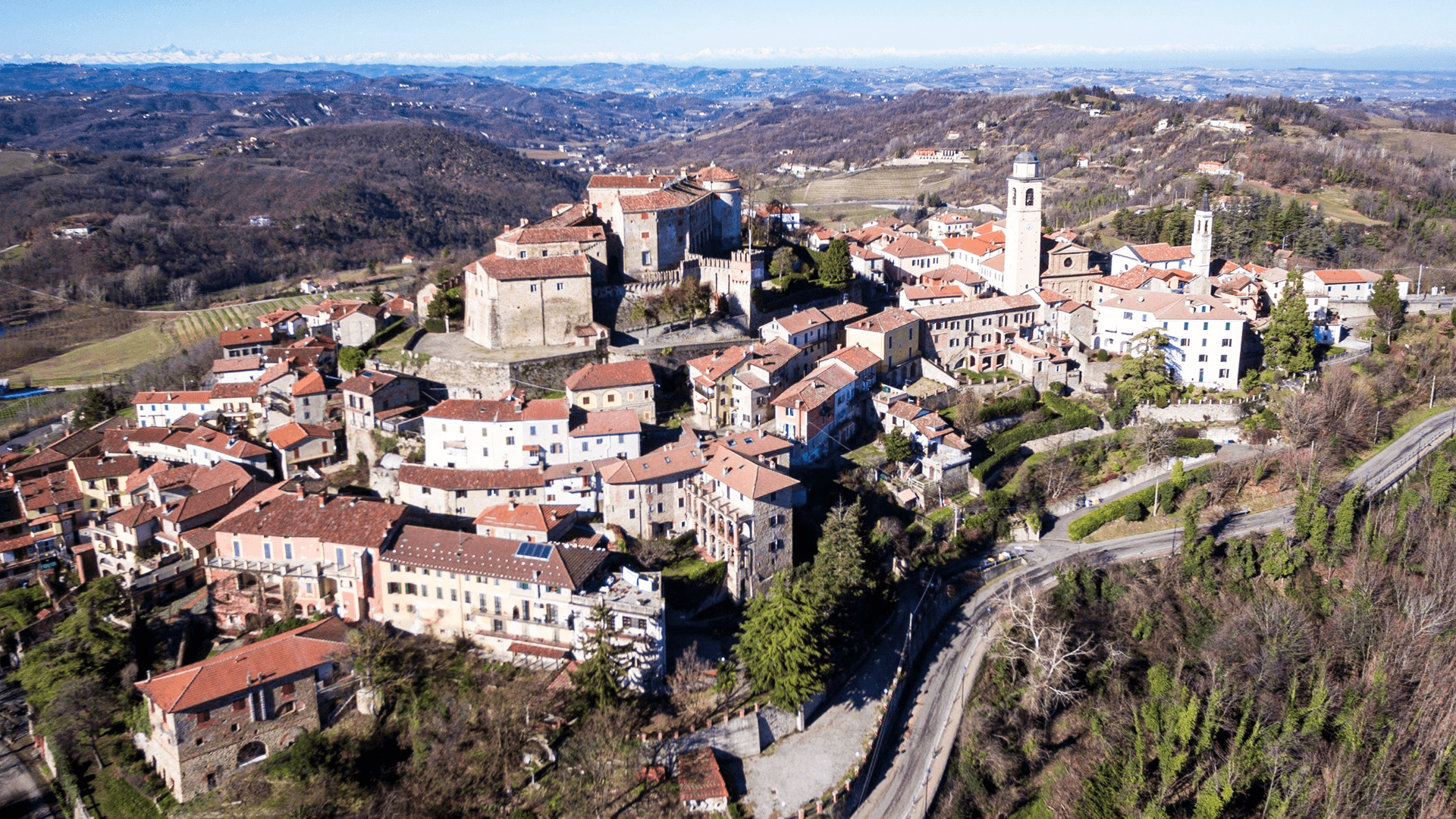

Paganica
The station of Paganica is one of the seven stations in the municipality of L'Aquila, the second most important, and serves the eastern outskirts of the Abruzzo capital, where important craft and industrial activities are concentrated. Despite being closer to the hamlets of Bazzano and Onna, it takes the name of Paganica because at the time of its inauguration, in 1875, this town was an autonomous municipality.
In 2017, the Bazzano stop was established at the village in the direction of L'Aquila.
In 2017, the Bazzano stop was established at the village in the direction of L'Aquila. Evidence of an ancient past is preserved in the Basilica of San Giusto and at the National Museum of Abruzzo in L'Aquila. Of these, two are currently located at the entrances to the ducal villa of Paganica, namely the cippus of Caius Curtilius and that of Caius Festus.
Paganica was first ruled by the Byzantines and later by the Lombards. During those years (second half of the 6th century–second half of the 8th century), the urban layout that Paganica still has today was defined, the Byzantine built-up areas were merged and the borders were fortified.
From the 12th century, during Norman rule, Paganica became the most important centre of the Peligna basin, thanks to its economic and demographic expansion. Its strategic position, on the slopes of the Gran Sasso, and its abundance of water made agriculture, the exploitation of hydraulic energy (water mills) and the development of tanneries flourish.
The Sanctuary of the Madonna d'Appari and the Basilica of San Giustino are of great historical and artistic importance. Set in the rock, the sanctuary was built within the first half of the 14th century, but only the architecture retains its medieval features. The paintings inside the church date between the 15th and 16th centuries. Some paintings, exquisitely executed in the late Gothic style, are attributed to Pier Francesco, son of the more famous Francesco da Montereale.
The Basilica of San Giustino is an example of Abruzzo Romanesque architecture. Construction and embellishment work date from the 8th to the 12th century. The building, erected on the burial site of the presbyter Justin of Siponto (4th–6th century), was renovated both under Lombard and Frankish rule, thanks to the Benedictine monks of Casauria and Farfa. It was completely rebuilt in the Romanesque period. The interior is divided into three naves, separated by pillars alternating with columns, and ends with a large presbytery. Beneath the floor is the impressive apsidal crypt.
In order to promote the intangible cultural heritage of Paganica, the Agricultural Museum was established, linked to the rural traditions of the Vestine area.

Project by Riattivati Youth Cultural Association
With contributions from: FAI – Fondo per l’Ambiente Italiano ETS, INTESA SANPAOLO, Rotary Club Rieti
Promoting Committee: Amici di Rieti, Associazione Culturale Giovanile Riattivati, Rotary Club Rieti e Associazione Collezionisti “Sabatino Fabi”

